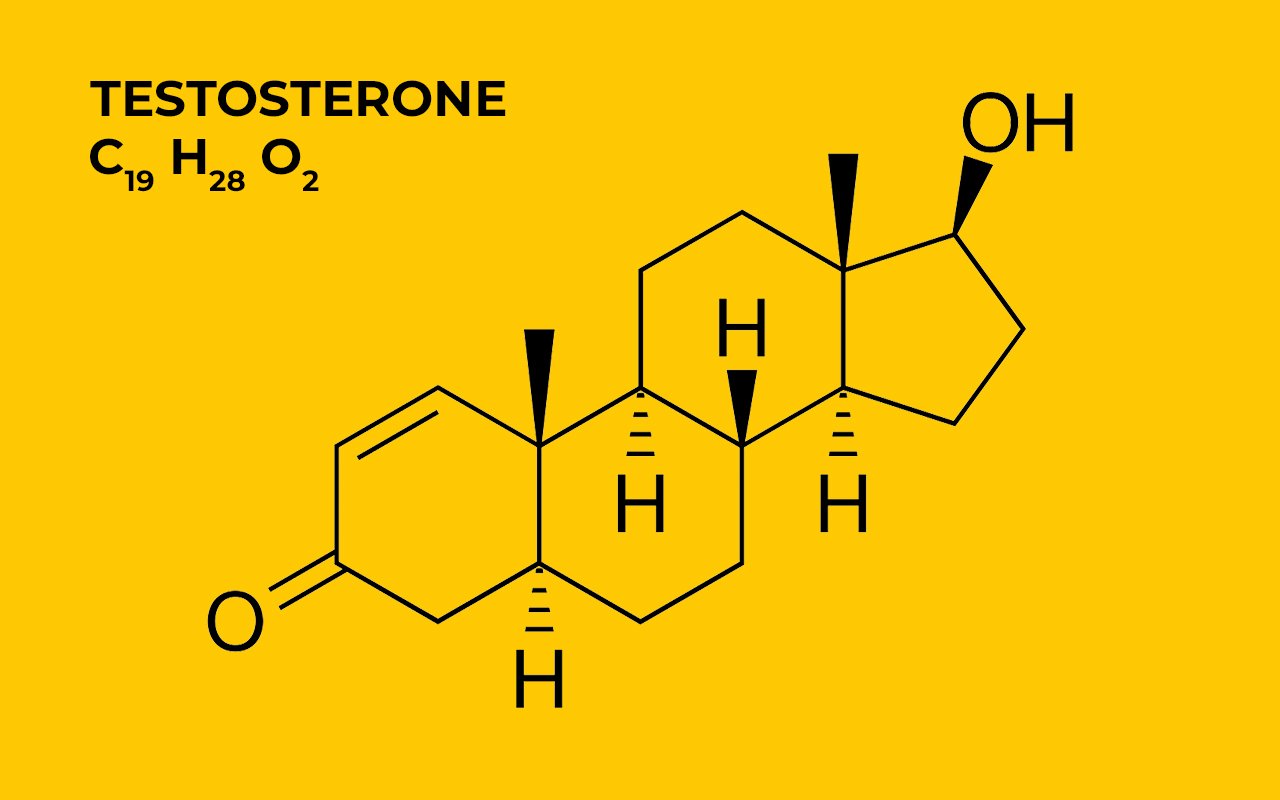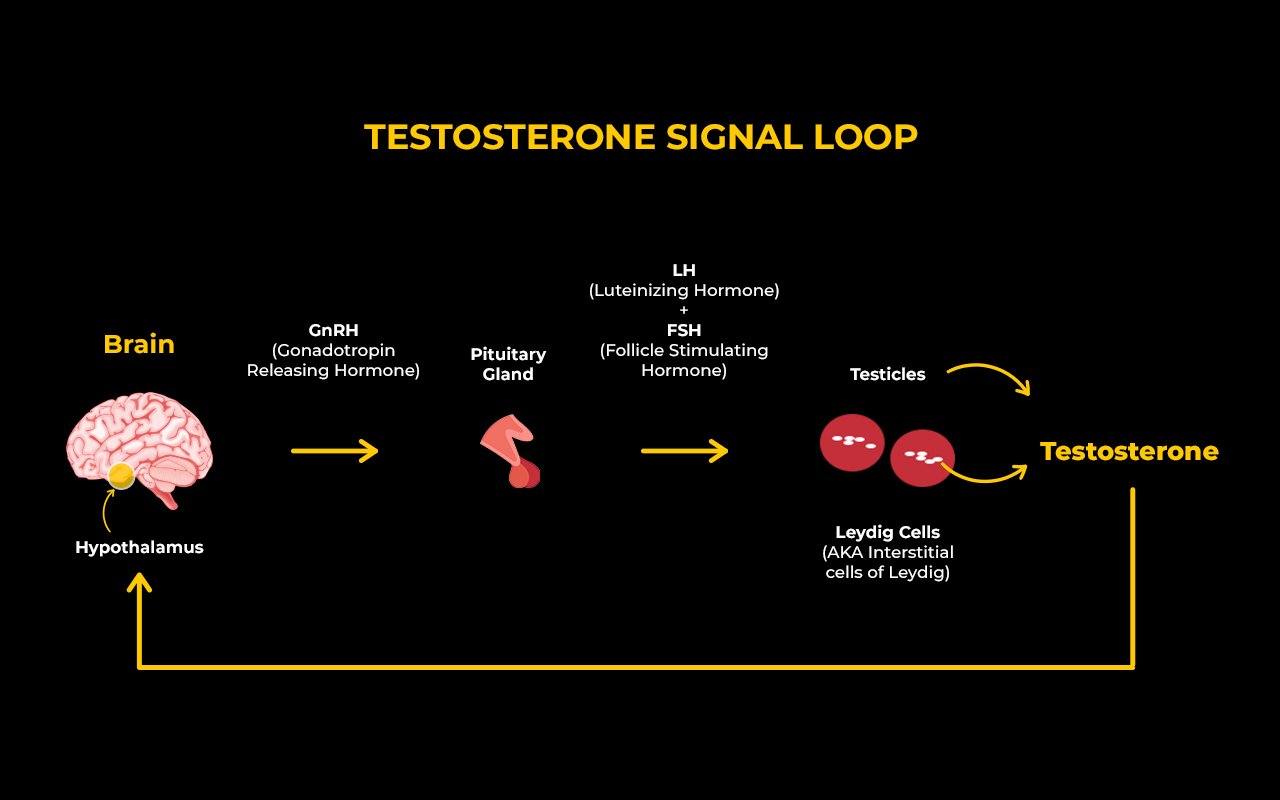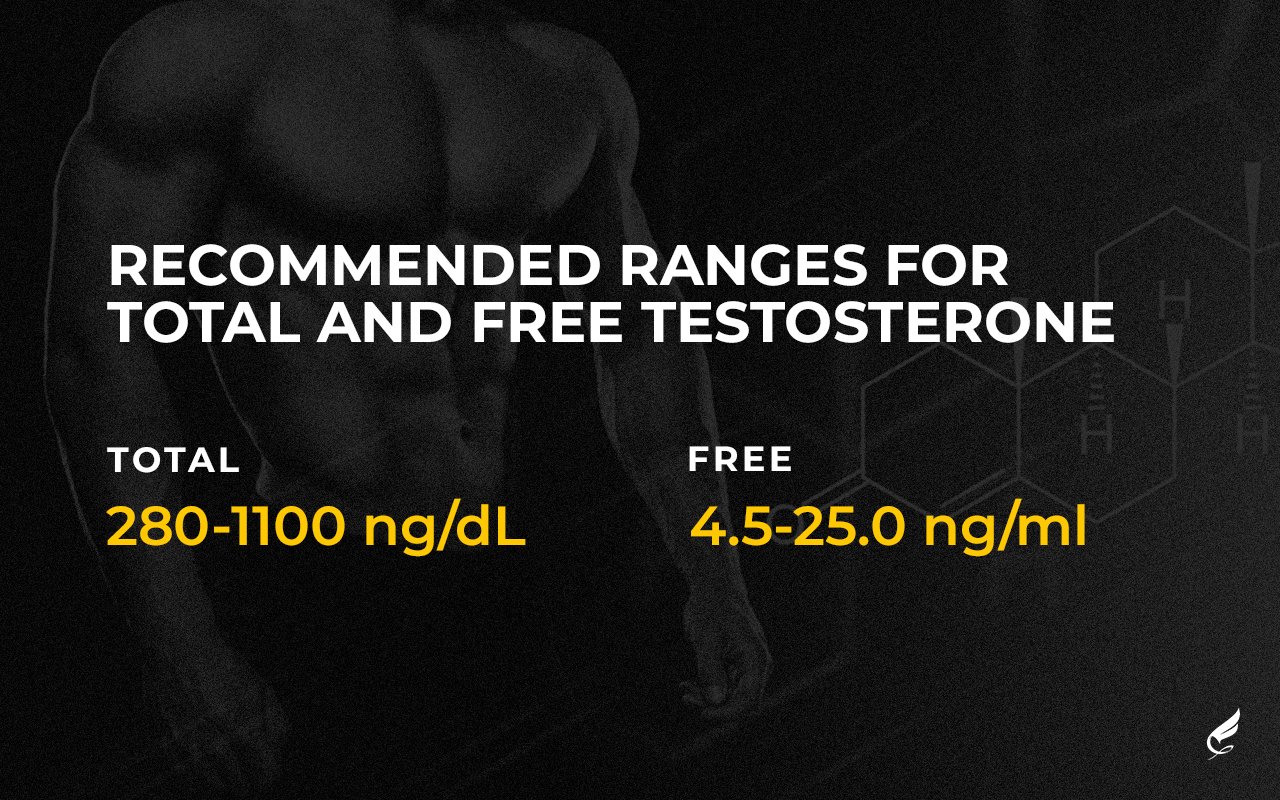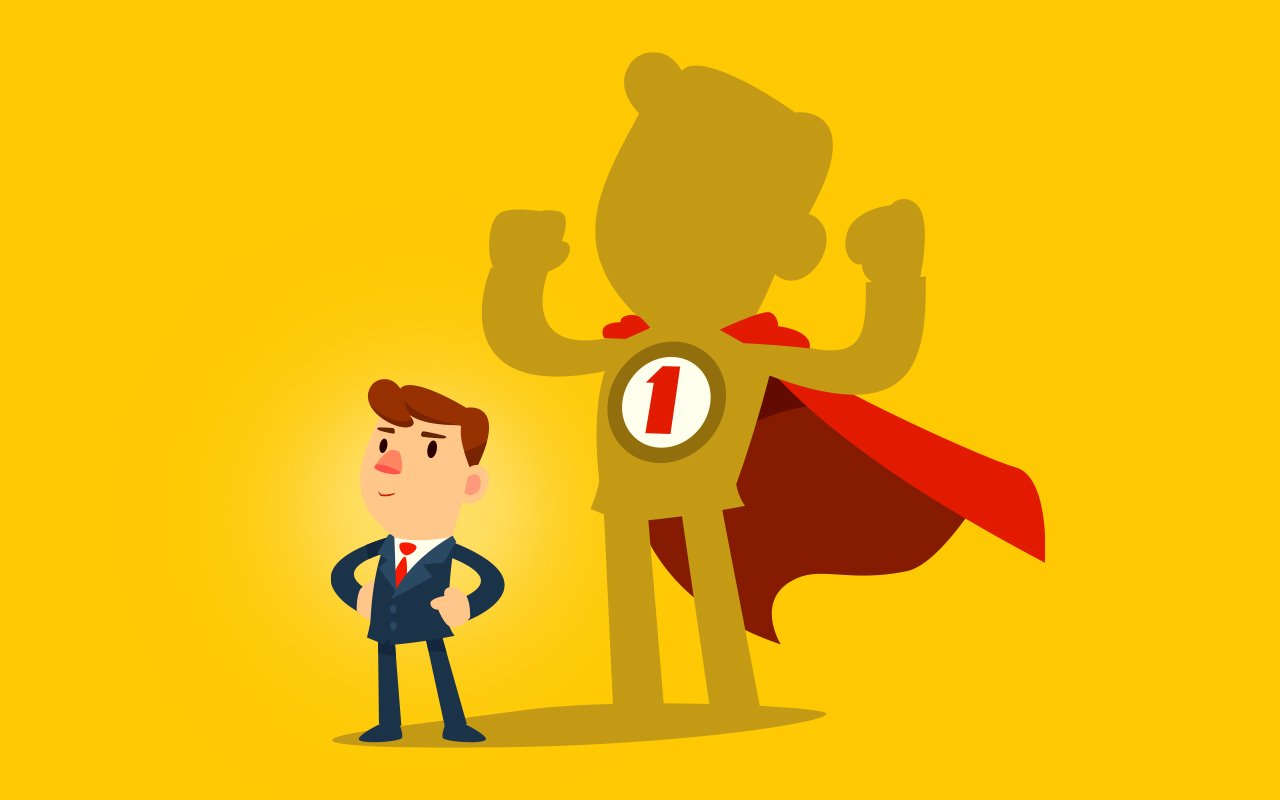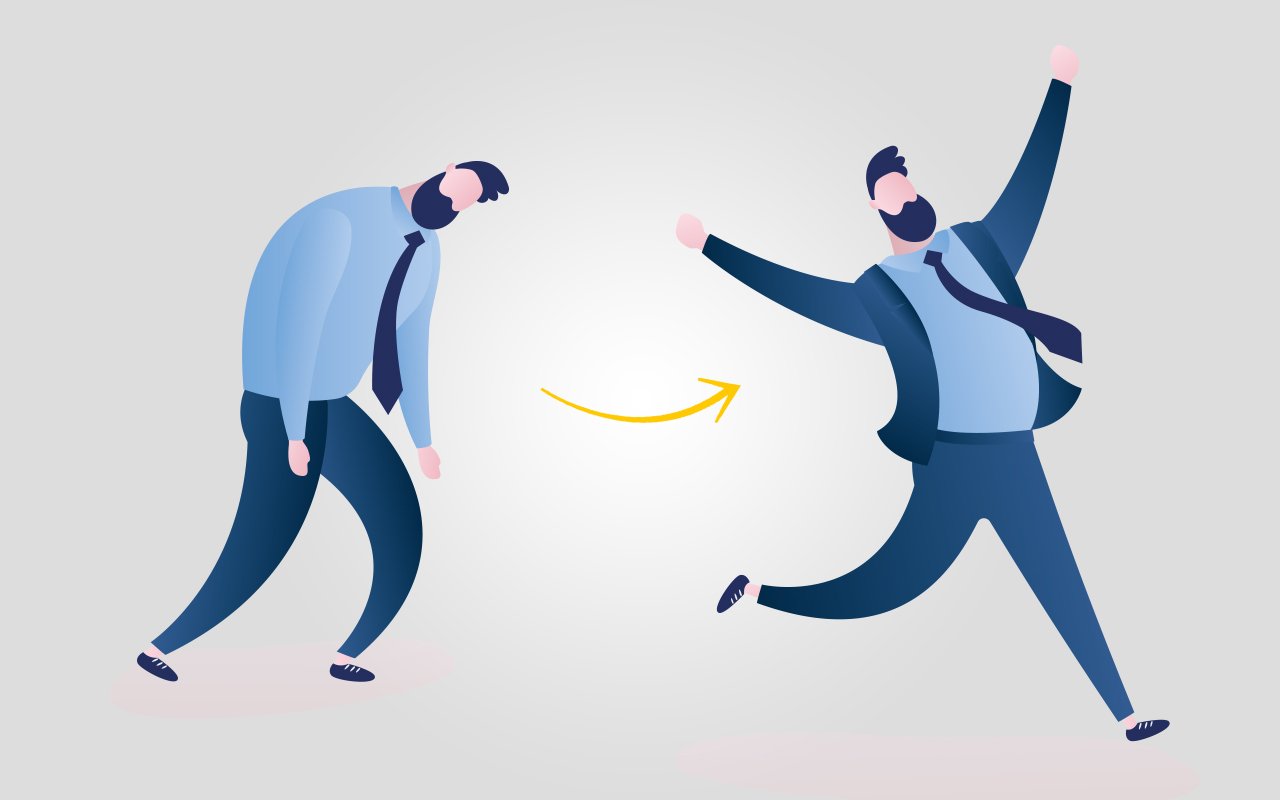TRT Therapy: Is Testosterone the God Particle?
TRT therapy, or testosterone replacement therapy, is becoming increasingly popular for treating low testosterone levels in men. While testosterone therapy has been around for years, there is still a lot of confusion about what it is and its benefits. This blog post will discuss everything you need to know about testosterone therapy, including testosterone, the recommended ranges, how TRT works, potential side effects, and more!
Blog Outline
What is testosterone?
How do I measure my testosterone?
Is low testosterone bad for my health?
What is testosterone replacement therapy?
How to start testosterone therapy the right way?
What is the ideal time to start with testosterone treatment?
The most common questions about testosterone therapy!
What is testosterone?
Testosterone is an androgen hormone that is responsible for the development of male sexual characteristics. Testosterone levels naturally begin to decline in men after the age of 30. We have been witnessing a decline in testosterone levels in recent years which is thought to be due to environmental factors such as exposure to toxins and stress.
What is an androgen hormone?
Androgen hormone is any of a group of natural steroid hormones that stimulate the development of male sexual characteristics, produced chiefly in the testes or adrenal glands. Those include the androstanes and the estranes.
The primary androgen is testosterone. Testosterone exerts its effects by binding to and activating the androgen receptor, which is present in many tissues, including bone, muscle, fat, skin, brain, and reproductive tissues.
Where is testosterone produced?
Testosterone is produced by the testicles and is regulated by the pituitary gland and the hypothalamus. The pituitary gland releases luteinizing hormone (LH), which signals the testicles to produce testosterone.
In a healthy functioning body, the signal loop between the brain and testicles works well. However, in some men, this signal loop becomes disrupted, leading to low testosterone levels.
Sometimes your testicles might be working well, but your pituitary gland isn’t releasing enough LH. Or your hypothalamus isn’t sending the right signals, which can also lead to low testosterone.
Several factors, such as medications, injuries, infections, and age, can contribute to hypogonadism.
Important note: lower testosterone levels do not always mean that you have hypogonadism. In clinical practice, hypogonadism is only diagnosed when testosterone levels are low and symptoms such as sexual dysfunction, fatigue, or decreased muscle mass.
How do I measure my testosterone levels?
You measure your testosterone levels with a simple blood test. Most tests covered by your insurance will only look at total testosterone levels. It is important that you also order a test to find out your free testosterone levels!
What is the difference between total and free testosterone?
Total testosterone represents all the testosterone in your blood bound to proteins such as albumin and sex hormone-binding globulin (SHBG).
Free testosterone represents the testosterone that is not bound to any proteins and is available for use by your body.
Free testosterone is more important as it shows how much testosterone is available for your body to use.
Example: If your total testosterone level is 700 ng/dL and your free testosterone level is 12 ng/dL, only 12 out of the 700 testosterone molecules are available for your body to use.
What are the recommended ranges for total and free testosterone?
The normal range for testosterone levels in men is 280-1100 ng/dL, and the normal range for free testosterone levels in men is 50-270 pg/ml.
Is low testosterone bad for my health?
Hypogonadims has been associated with several health conditions such as obesity, type II diabetes, metabolic syndrome, cardiovascular disease, and osteoporosis.
Low levels of testosterone can also lead to mood changes such as increased irritability, depression, and fatigue. Some additional symptoms of low T can be erectile dysfunction, muscle loss, and poor concentration!
Studies have shown that men with low testosterone have higher rates of prostate cancer than men in the general population. However, it is essential to note that not all men with low testosterone will develop prostate cancer. More research needs to be done in this area.
Low T levels are associated with poor decision-making, lack of self-confidence, and impaired sleep.
In another study on men, those with lower testosterone were more likely to have poorer decision-making skills and impaired working memory.
Low testosterone can also lead to sleep problems. One study found that men with low T were more likely to have difficulty falling asleep and staying asleep. They were also more likely to report feeling tired during the day.
What is testosterone replacement therapy?
Testosterone therapy is a treatment used to help men with low levels of testosterone. You can do TRT through injections, gels, and other testosterone products.
Injectable testosterone
Types of injectable testosterone:
Cypionate
Enanthate
Propionate
Cypionate is a long-acting testosterone ester that is slowly released into the bloodstream. Cypionate will peak in the blood after about one week and remain elevated for two to three weeks.
Enanthate is a long-acting testosterone ester slowly released into the bloodstream. Enanthate will peak in the blood after about one week and remain elevated for two to three weeks.
Propionate is a short-acting testosterone ester that is quickly absorbed into the bloodstream. Propionate will peak in the blood after about 24 hours and out of the system within four days.
PRO TIP: injecting more frequently every 24-48 hours effectively maintains stable levels of T in your system.
Injectable testosterone comes in different concentrations:
25 mg/mL
50 mg/mL
100 mg/mL
200 mg/mL
Testosterone gels
Plenty of people simply do not like injections; testosterone gels may be a good option for them. Testosterone gels are applied daily to the skin and absorbed through the skin into the bloodstream.
Testosterone gels are applied daily to the skin and come in different strengths (40 mg, 50 mg, 60 mg, 80 mg). You must apply the gel to clean, dry skin on your shoulders, upper arms, or abdomen.
Once the gel dries, you must cover the area with clothing so that the testosterone will not rub off on others. Types of testosterone gels:
AndroGel
Testim
Fortesta
Some disadvantages of gels can be:
It May not be covered by insurance
Can transfer to others through skin-to-skin contact
Can be messy
It May require more frequent dosing than injections
Testosterone patches
Patches are another option for people who do not like injections. Patches are applied daily to the skin and absorbed through the skin into the bloodstream.
You apply the patch to a clean, dry area on your body, such as the back, chest, upper arm, or thigh. Once the patch is applied, you should not shower or swim for at least two hours.
Types of testosterone patches:
Androderm
Action
Testoderm
Vogelxo
Disadvantages of testosterone patches:
It May not be covered by insurance
Can cause skin irritation
Can be messy
Testosterone pellets
Pellets are another option for TRT and are usually inserted every three to four months. The pellets are made of testosterone and are slowly released into the bloodstream over time.
The disadvantages of this type of application are:
you can not control the amount of testosterone that is released into your blood
pellets can cause irritation and sometimes infections
Types of testosterone pellets:
Testopel
Delatestryl
Action
How to start testosterone optimization therapy the right way?
Step 1
The first step is to get your blood work done, in which you will have both your free and total testosterone markers.
Suppose your levels are below the recommended, and you are experiencing symptoms of low testosterone like low energy levels, sex drive, or depression. In that case, it might be time to look into ways to increase your testosterone.
Step 2
The second step is to understand why you might have low levels of testosterone?
If you have low T due to a direct impact on your testicles like an injury, infection, or tumor, then TRT might be a good option.
Testosterone therapy might be an option worth pursuing if you have testosterone deficiency due to natural aging.
Suppose you have low levels of T due to extreme stressors, which can result from a highly demanding job. In that case, androgen replacement therapy might be a tool that might help you!
If you have low levels of T due to lifestyle factors like:
bad eating habits
alcohol and cigarette consumption
unregulated sleeping patterns
lack of movement
no exercise
carrying excess weight
In that particular case, you should first address the causes that might have led to low T before considering testosterone replacement therapy.
So once you have first taken an honest inspection into your own life, what could be the reasons you have low T and some of the related symptoms. Then you can sit with an endocrinologist and look into various ways to optimize testosterone and how you feel and perform!
Step 3
Once you have done the blood work, find out the reasons that might have led to poor results, and consult with a doctor. Then you can make an action plan for optimizing yourself!
You must work with a doctor with both knowledge and experience with TRT. I have seen people destroy themselves by working with unprofessional trainers and doctors who were not appropriately prescribing their doses and frequency of application.
If you need help finding a medical professional that can help you on your journey toward optimizing your hormones, email us at info@fortiusdubai.com
If you want the complete body transformation package with or without hormone therapies, click here to book your FREE consultation!
What is the ideal time to start with testosterone treatment?
In cases of injury or testicular damage, it might be best to start TRT as soon as possible.
Suppose you are deficient due to the natural aging process. In that case, you can start with TRT at practically any age; however, understand that once you begin administering exogenous testosterone, your natural production will shut down.
Suppose you are below 30 and feel like TRT might be a good idea for you. I would urge you first to try different lifestyle changes and see how you can naturally raise your testosterone.
You should never start TRT until you have made all the necessary steps towards doing your research, finding out why your levels are low and having a consultation with an expert!
To check some of our client's amazing transformation stories, click here!
The most common questions about testosterone therapy!
Do I need PCT at any stage after starting my testosterone therapy prescription?
After you finish your testosterone therapy, you will need some form of PCT (post-cycle treatment) to jump-start your natural production again. However, it is highly unlikely that your natural production will ever return to the same levels it was at before you started TRT.
How can I know if testosterone therapy is working for me?
TRT can improve your sex drive, increase energy levels, help you sleep better, and improve your sense of well-being. The most common way people check to see if TRT is working for them is by measuring their blood work results and seeing whether their testosterone levels are within the optimal range. Another way people measure whether TRT is working for them or not is by how they feel.
How long does a testosterone replacement therapy last?
TRT can last anywhere from a few months to the rest of your life. If you are using TRT to treat a condition such as hypogonadism, then TRT will likely be a lifelong therapy. If you are using TRT for performance enhancement or anti-aging purposes, you may only need TRT for a few months. You never know how your body might react, and you need to be prepared for the possibility that you may need TRT for the rest of your life.
Do testosterone treatments improve sexual function?
Testosterone treatment can improve sexual function in men with low testosterone. TRT can improve libido, erectile dysfunction, and orgasm quality. TRT decreases sperm production by decreasing FSH (follicle-stimulating hormone), essential for stimulating sperm production. This can cause infertility but is mostly reversible via good post-cycle treatment.
What are the common side effects of testosterone therapy?
The most common side effect people experience when starting TRT is acne. This is because testosterone can increase the production of sebum, an oily substance that lubricates and protects our skin. Other common side effects include:
increased hair growth
deeper voice
changes in mood
increased aggression
TRT is a tool that you can use to help improve your overall health and well-being. It is important to remember that TRT is not a magic bullet and will only automatically fix some of your problems. Working with a doctor experienced in hormone optimization is vital to get the most out of TRT.
Thanks for reading! This article has helped you understand some of the basics of TRT and testosterone optimization. If you have any questions or want to learn more about TRT, contact me at info@fortiusdubai.com.


